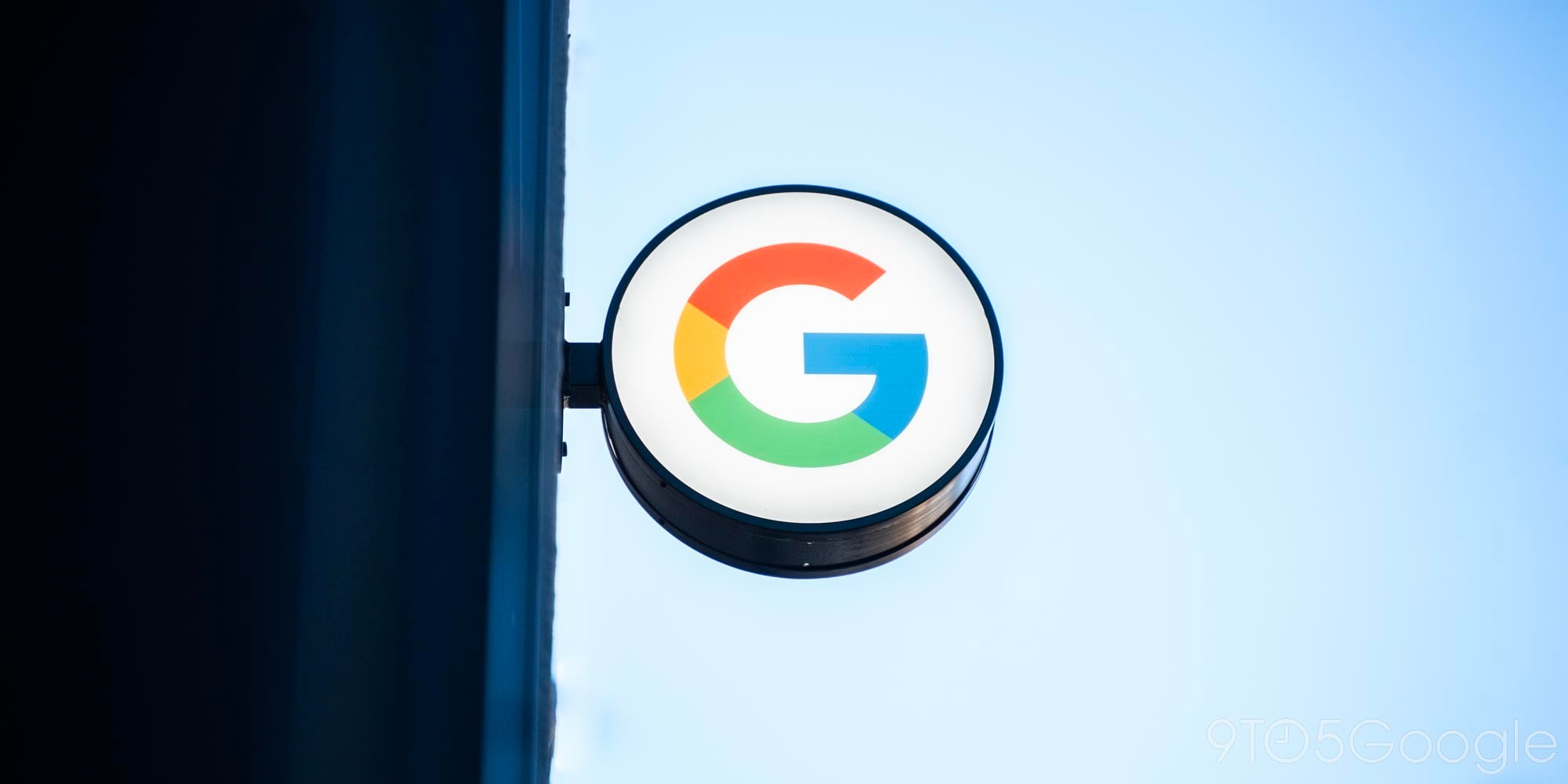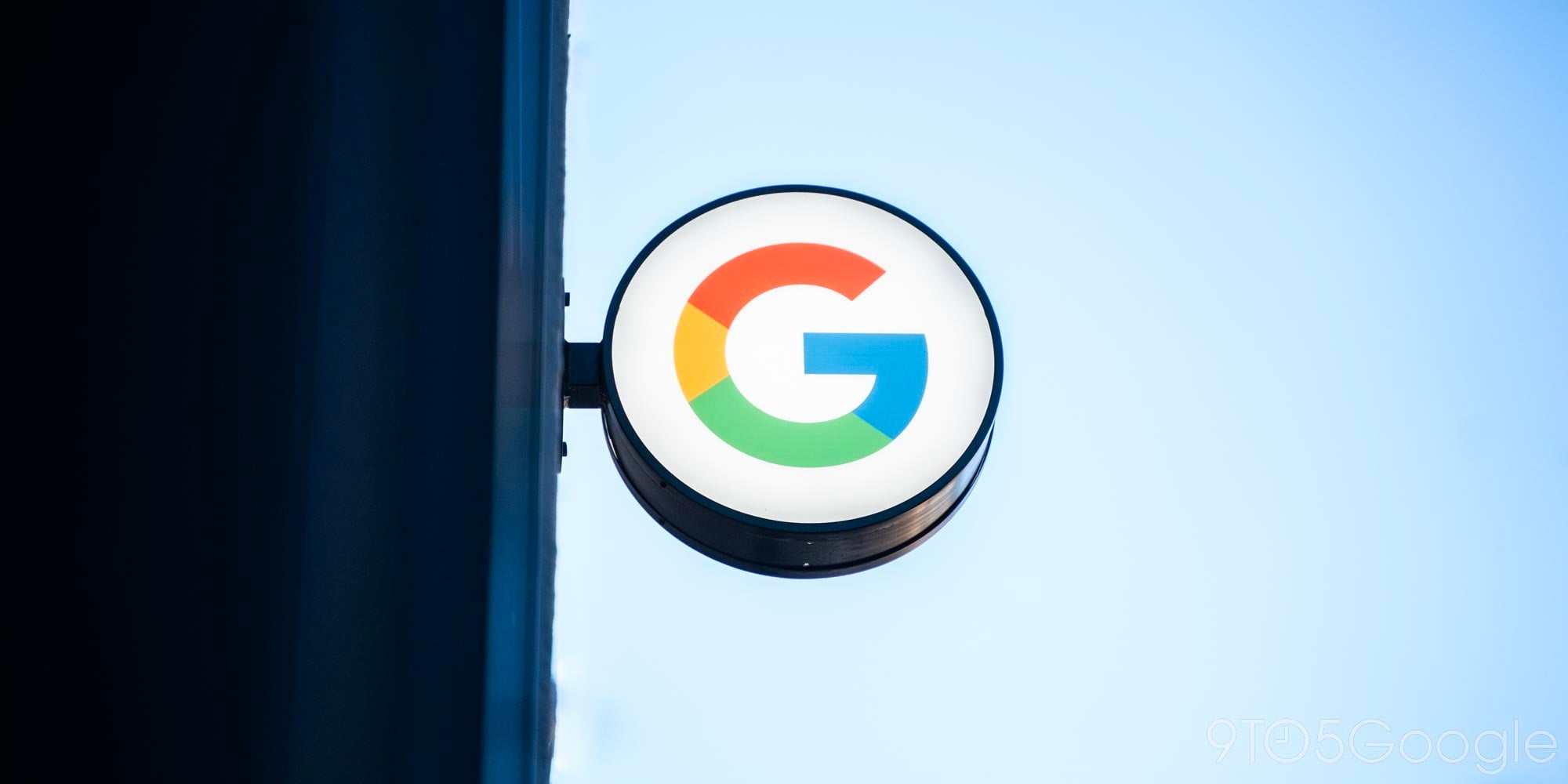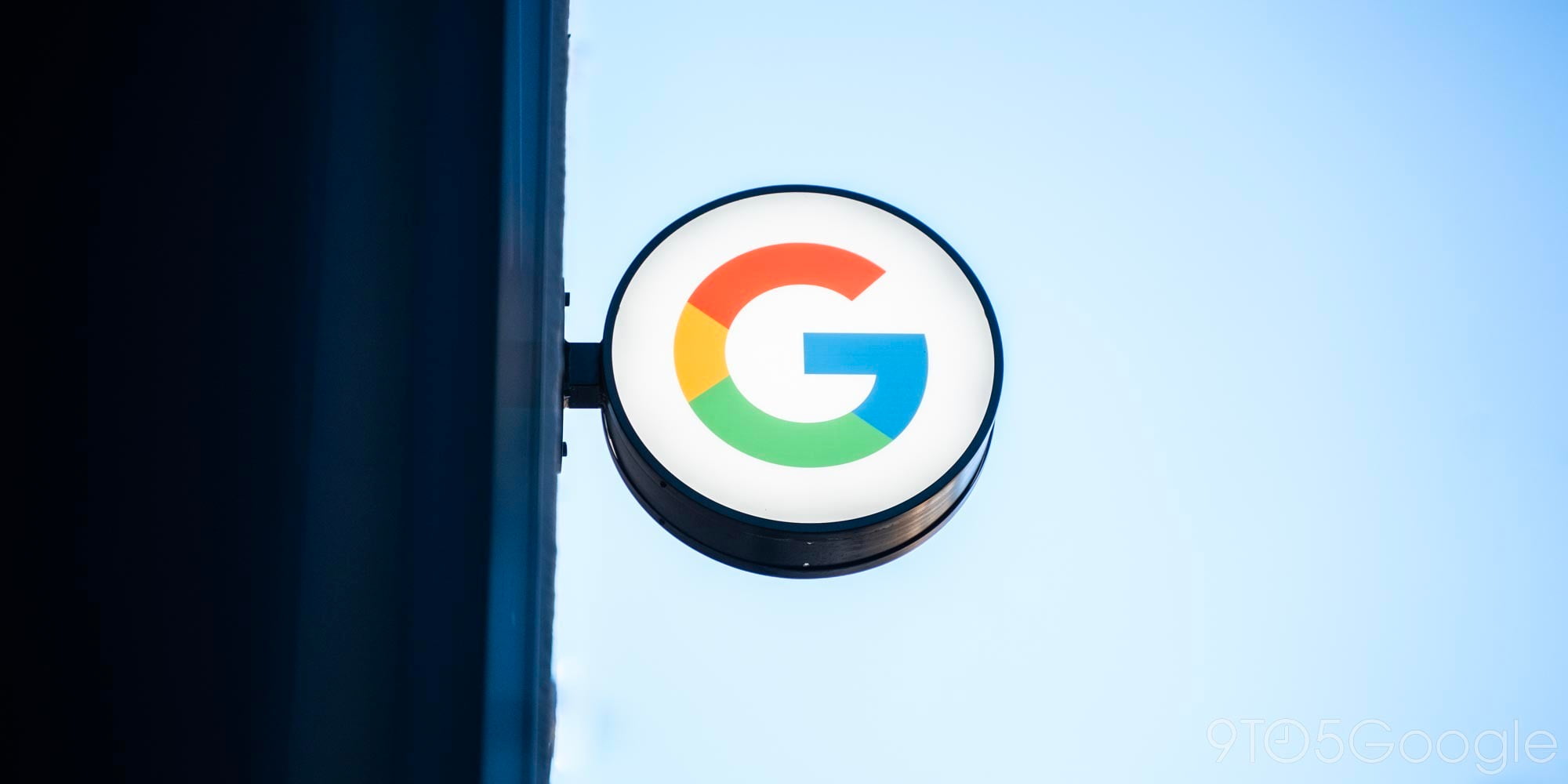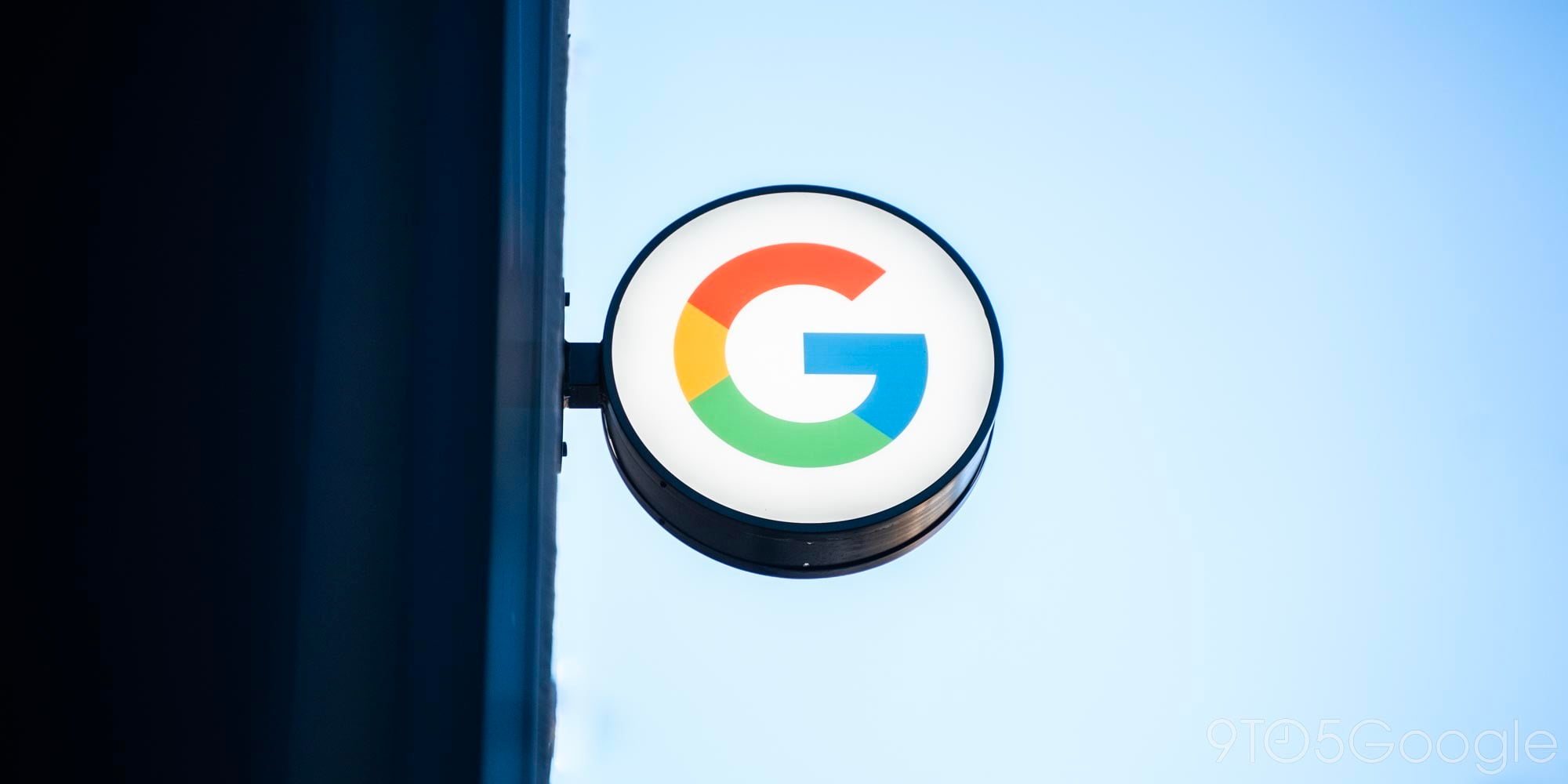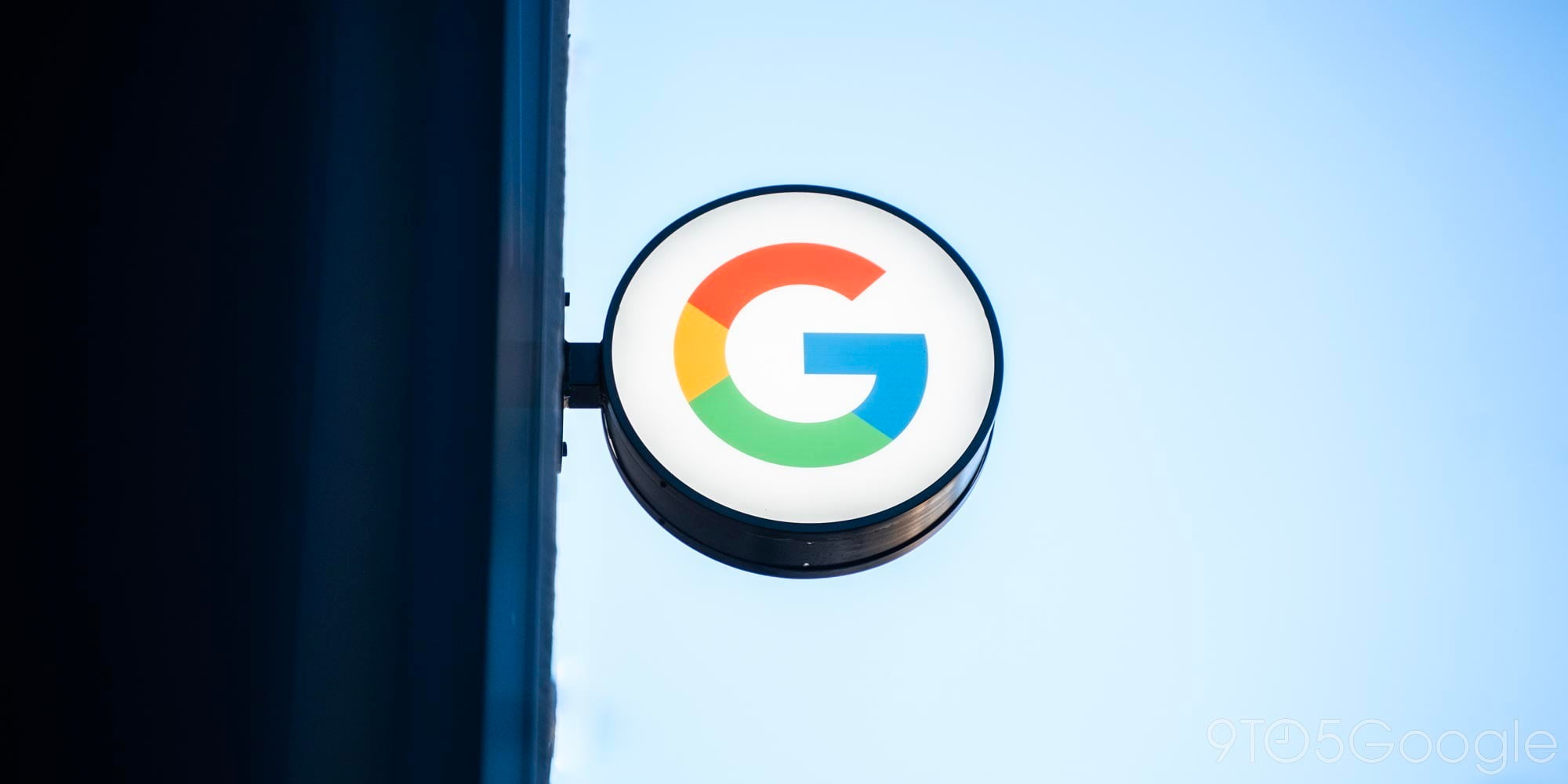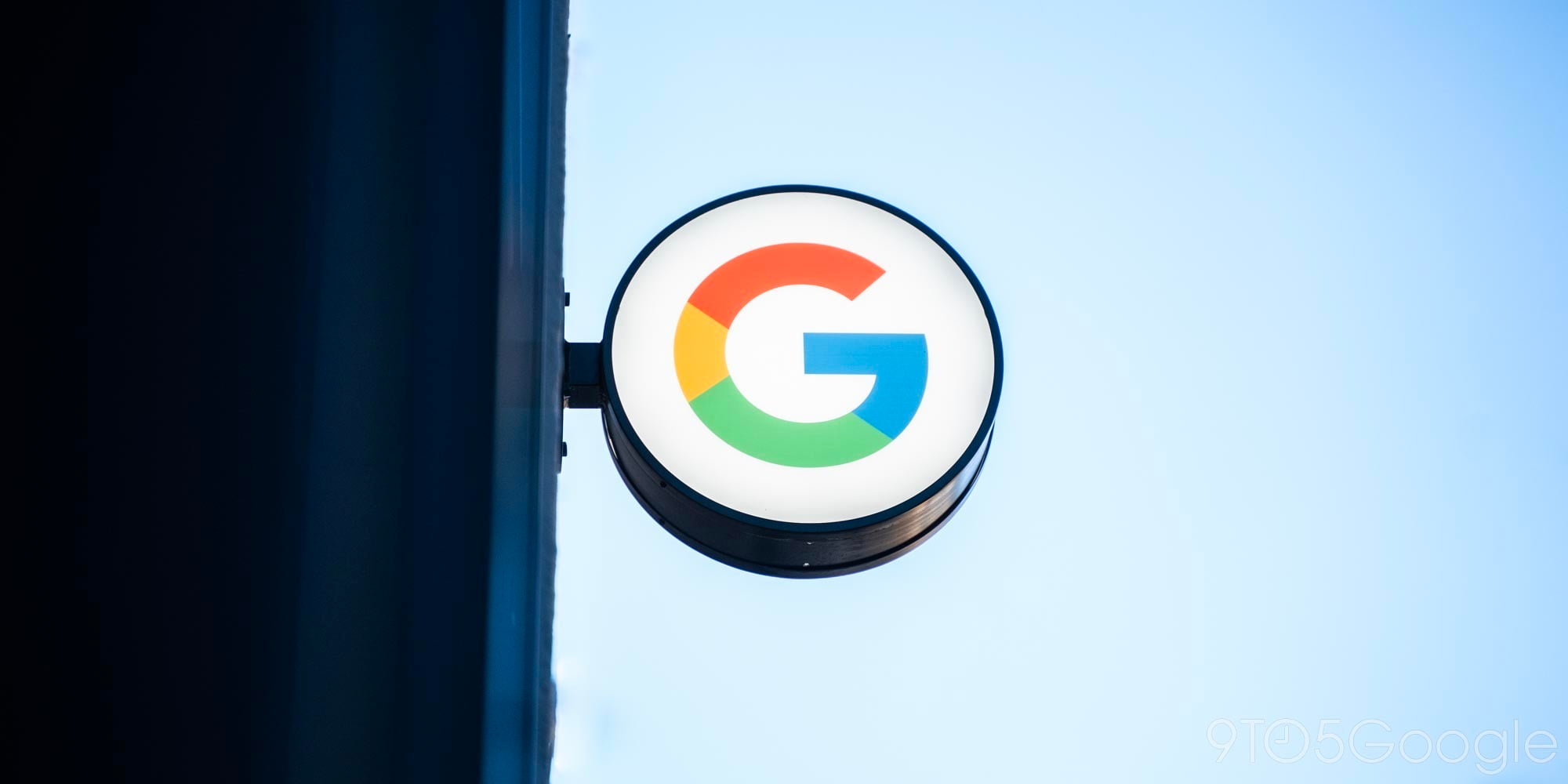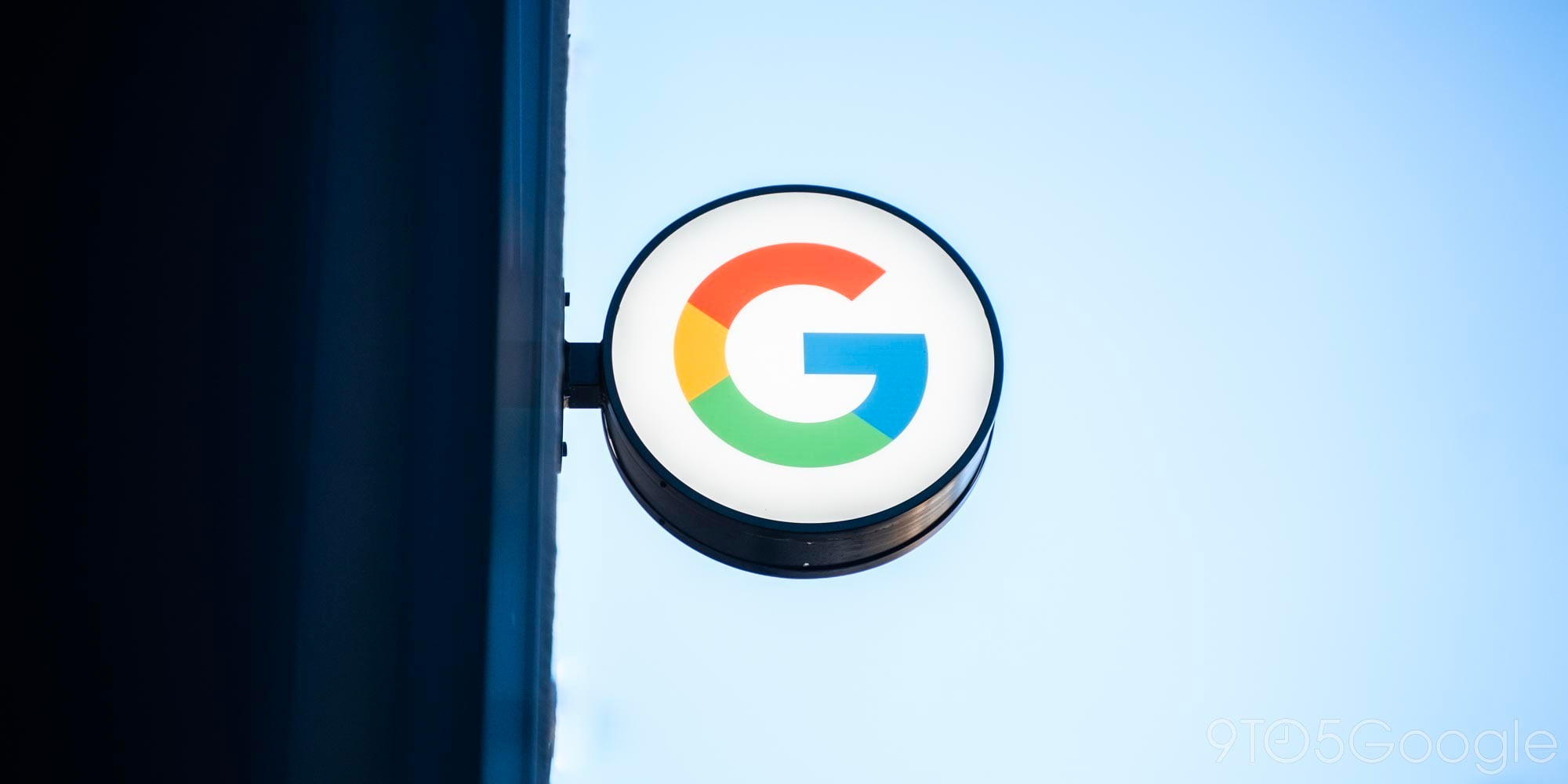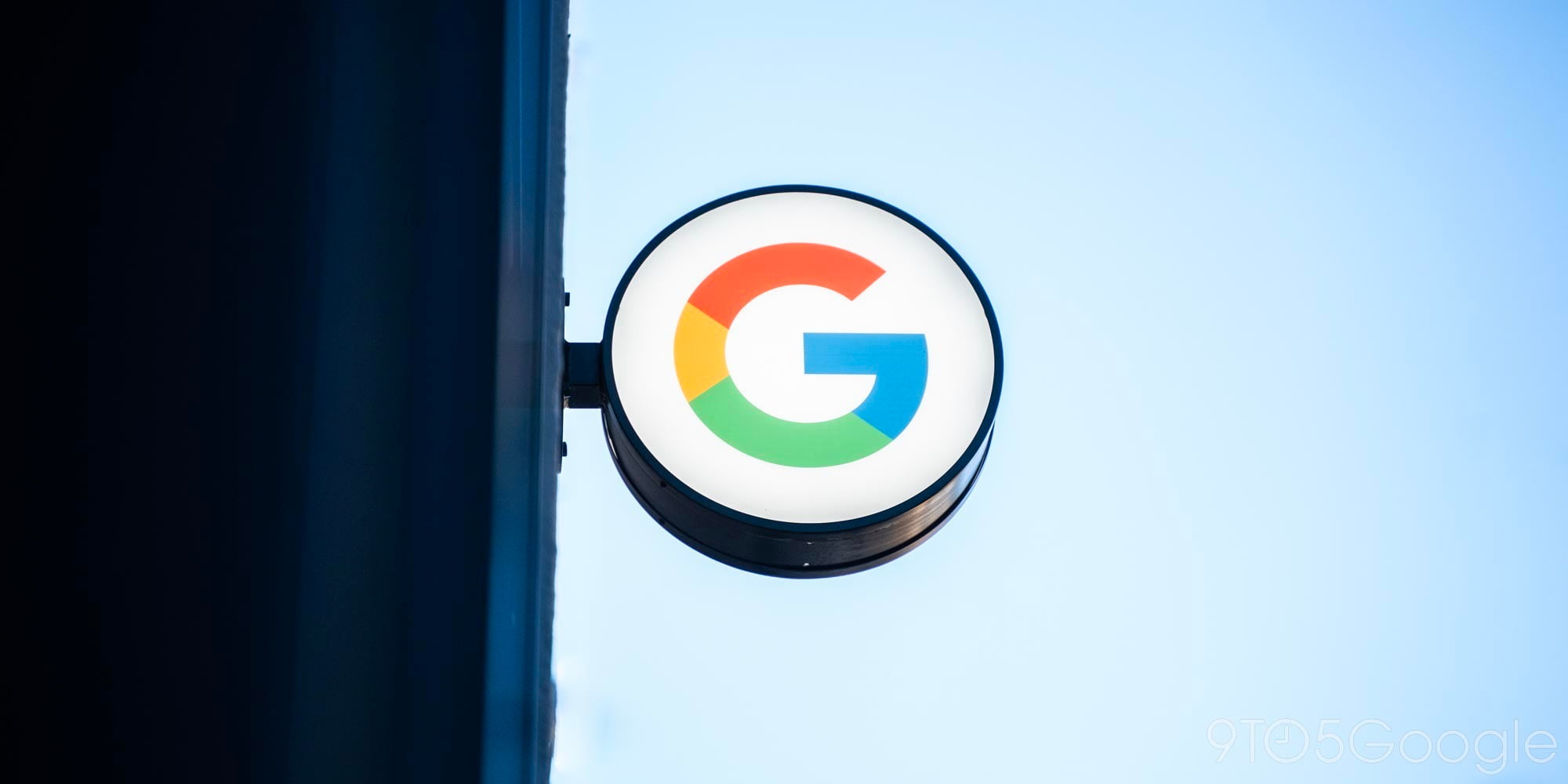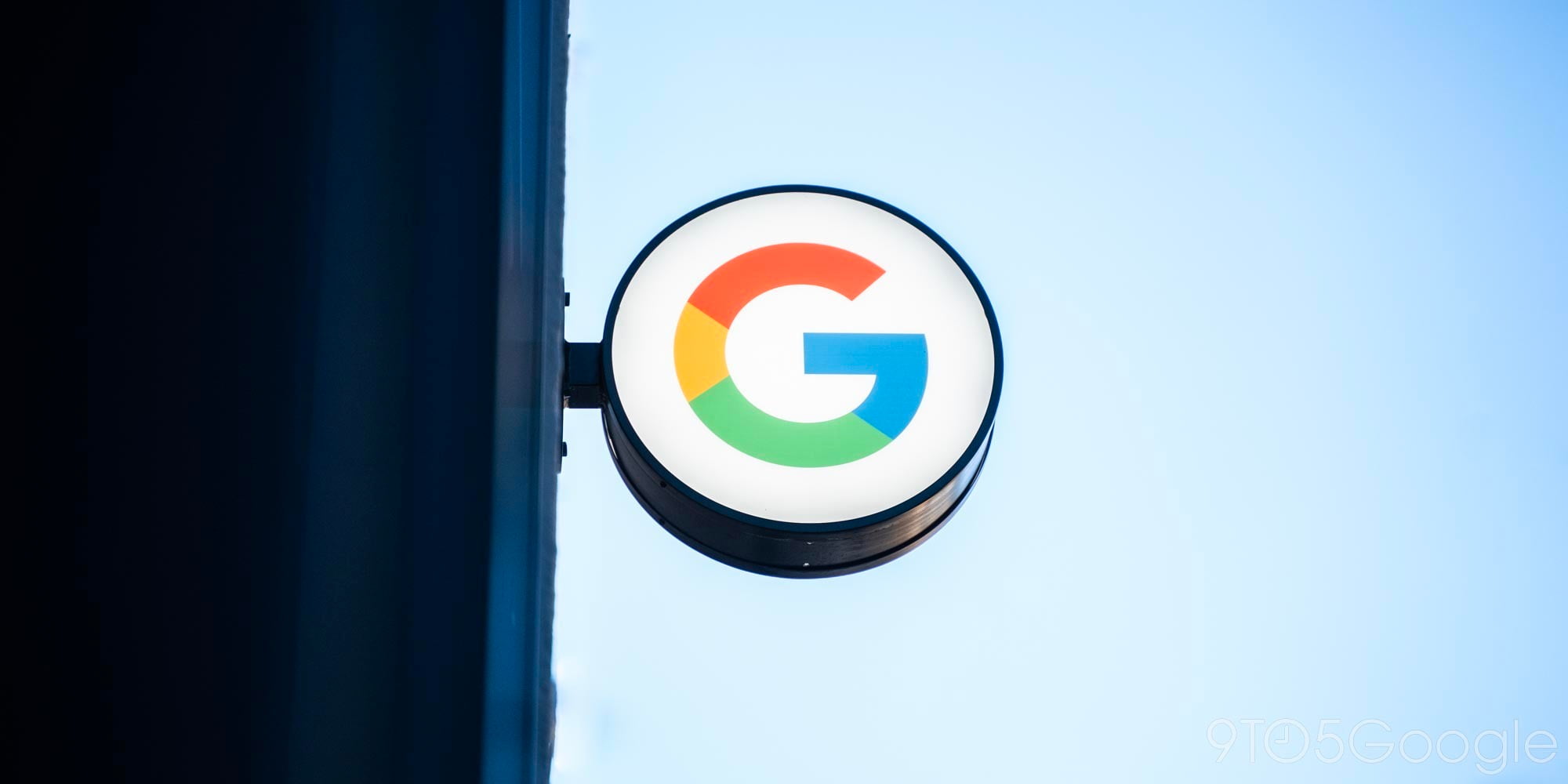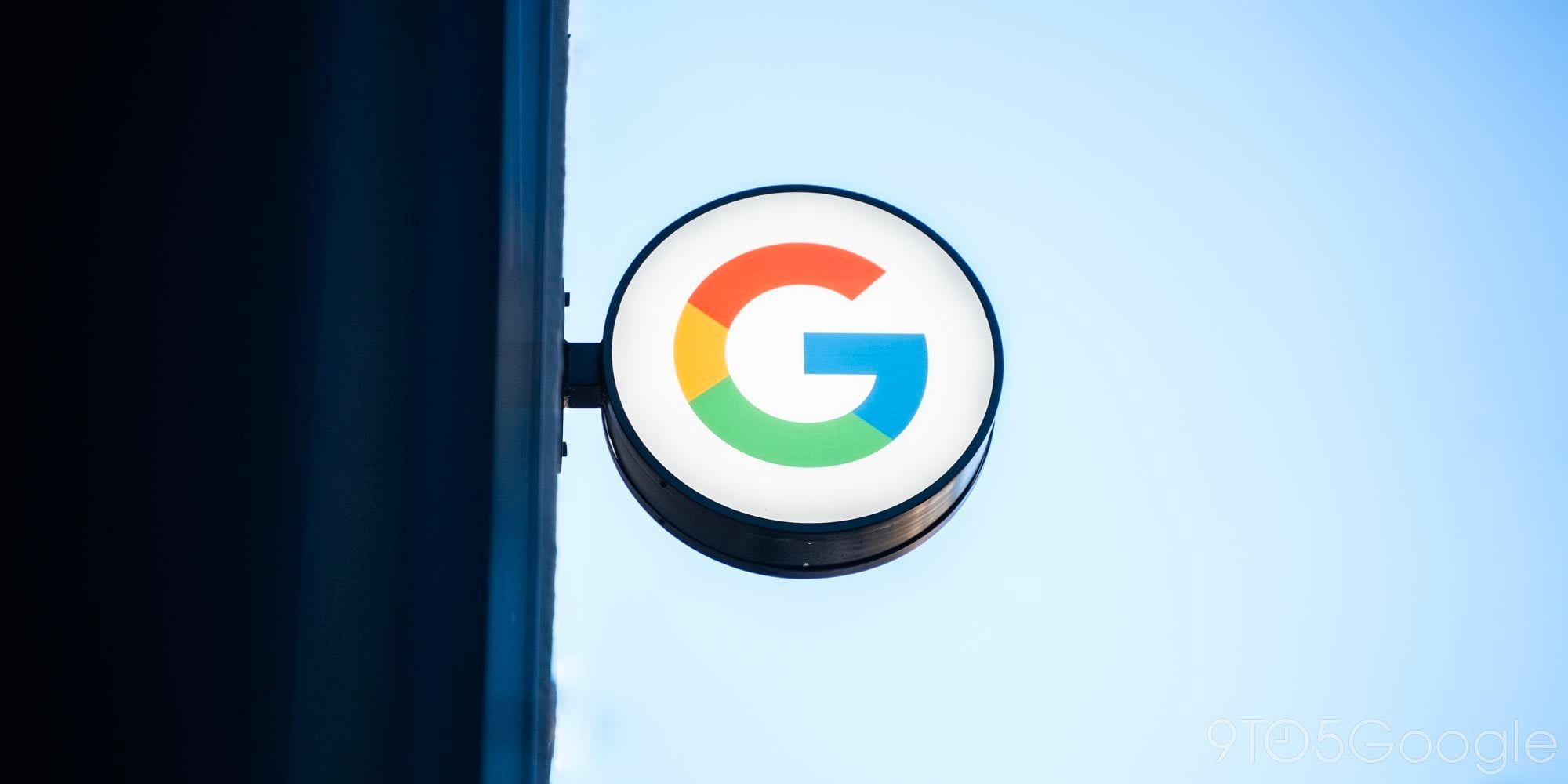Google Mattel Event today will merge View-Master line with Google Cardboard

[tweet https://twitter.com/llsethj/status/566228843347050496 align=’center’]
I’m here, the event starts at 9ET. I’ll update as we go. I know my kids are stoked.
Announcements starting…embargos breaking…

The Cardboard View-Master is the fruit of half a year of design. When Mattel saw the Google Cardboard they knew it was the next generation of View-Master.
1940 – Viewmaster was introduced – Stereoscopic viewer.
[tweet https://twitter.com/llsethj/status/566238323224903681 align=’center’]
[tweet https://twitter.com/llsethj/status/566238660614688769 align=’center’]
- Can be bought via Google Play on the smartphone or on these little ‘reels’. That are probably SD cards in big cases.
- The physical is a tie to the past – 75 years of View-Master.
- Available this fall. For around $30. 4 reels will cost about $15 and have exclusive content.
- Will launch on Android but will be available on other platforms iOS, Windows and more. Specs of Android phone are fuzzy at the moment.
- These aren’t wearable. These are for kids and they should be able to put these on and take them off as they want. Not to zone out.
- Will be 1st experience with 3D for many kids. Mattel wanted to do it right – This works really well out of the gate but nailing down the experience.
- Current Google Cardboard apps wil work with the new Mattel View-Master.
- Testing with lots of pediatric ophthalmologists out of St. Louis University and others to make sure this is safe for kids.
- Light-Gaming “treasure hunt” ideas are coming.
- Mattel plans to release its new Google Cardboard based VR toy on iOS by end of the year


